10 Facts You Didn’t Know About Anthony van Dyck
Anthony van Dyck, a Flemish Baroque painter of remarkable skill, left an indelible mark on art history. His signature style of refined portraits and...
Jimena Aullet 24 October 2024
Caravaggio is one of the best-known Italian Baroque painters of his time. Seen through his characteristically naturalistic style, his paintings illuminate feelings of life and death in fleeting moments. While it is almost impossible to focus on only ten of Caravaggio’s paintings, these ten are exemplary.
Michelangelo Merisi, known as Caravaggio, was one of the greatest Italian Baroque painters known for his realistic dramatic paintings. By closely observing the physical attributes of his models, he used a technique called chiaroscuro (the use of light and dark contrasts in art). His life, on the other hand, was very rocky as he was accused of murder and served a period of time in prison.
Through only ten of his paintings, you will learn how Caravaggio employed his chiaroscuro technique on a vivid scale.
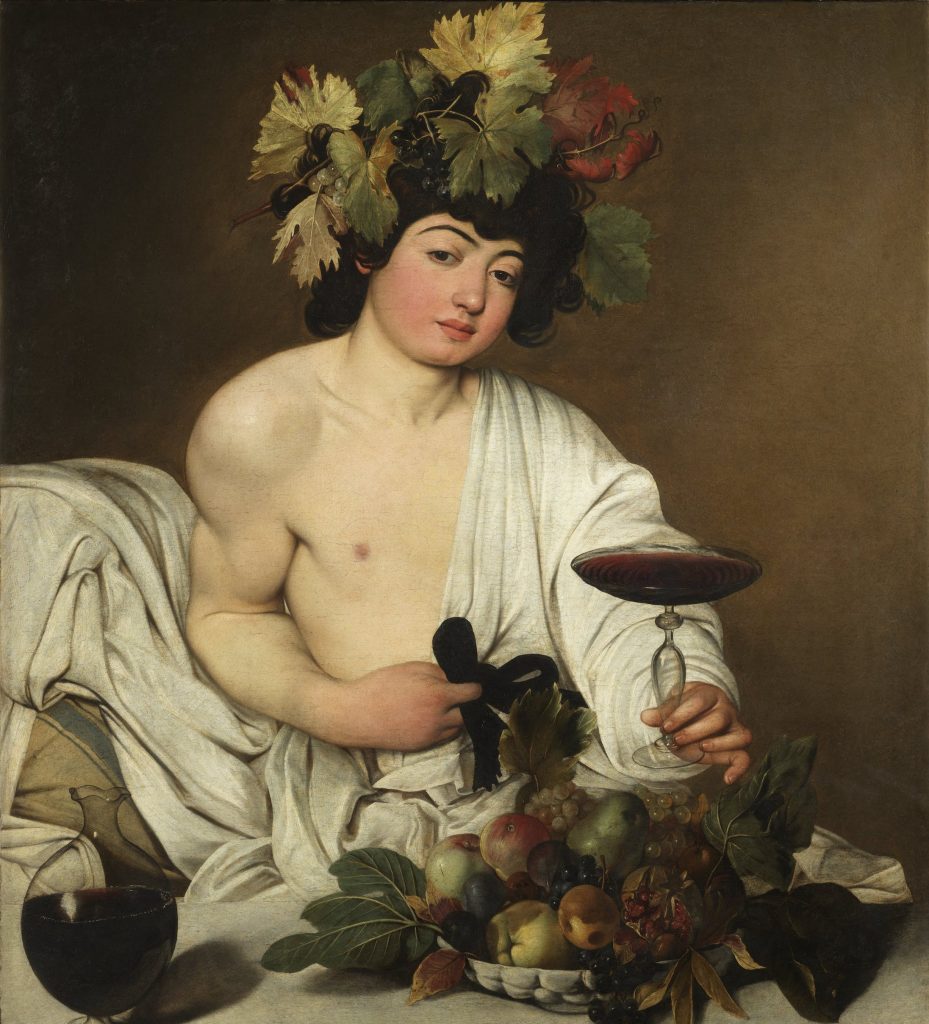
Caravaggio, Bacchus, 1598, Uffizi, Florence, Italy.
First up is Caravaggio’s Bacchus, part of his earlier series of half-length portraits. His depiction of the fruit bowl and wine glass in this work is profound due to the main figure’s inviting pose. While at the same time, Bacchus, the god of fertility, is posed as a model of classical art but looks more human than god. The model for Bacchus might have been Caravaggio’s friend, painter Mario Minniti, who posed for many other paintings, as we will discuss later.
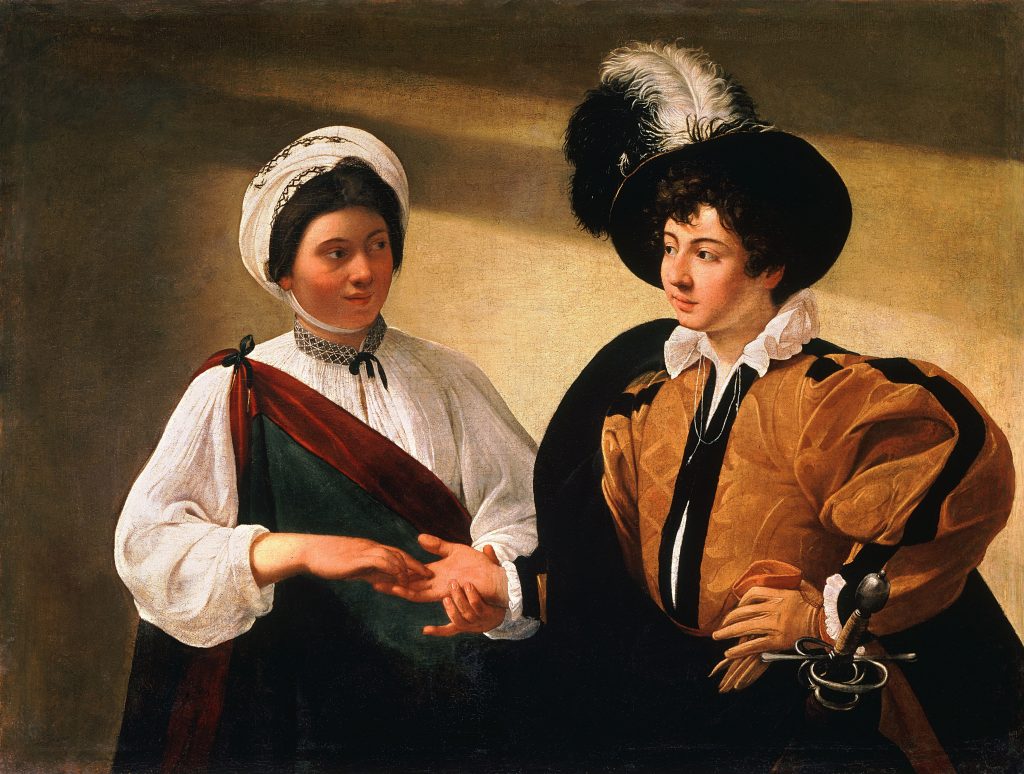
Caravaggio, The Fortune Teller, 1595, Louvre, Paris, France. Wikimedia Commons (public domain).
While many of Caravaggio’s works are straightforward in their portrayals, The Fortune Teller is confusing because he painted two versions of it. So, which one did Caravaggio prefer? Probably this one, the second version where the young man is his friend, Mario Minniti, who was also the model for Bacchus.
In this painting, the fortune teller deceives the man through her falsely seductive smile. Meanwhile, she slips the ring off his finger while he is distracted by her beauty and smile. Art historian Sharon Gregory would argue that many of Caravaggio’s works were inspired by Vasari’s Lives of the Artists.
The Fortune Teller was accompanied by another work by Caravaggio, The Cardsharps.
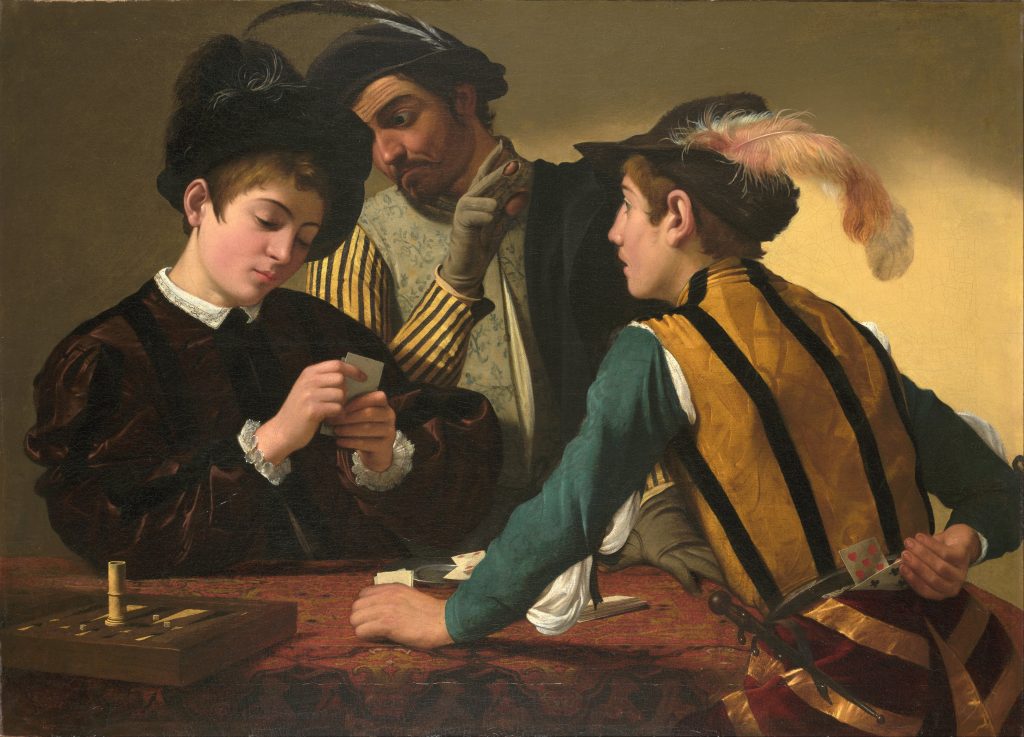
Caravaggio, The Cardsharps, 1594, Kimbell Art Museum, Fort Worth, TX, USA. Wikimedia Commons (public domain).
Equally important to The Fortune Teller is The Cardsharps, both of which were originally identical in size. They were probably made as pendants (a pair of artworks) and hung next to each other in Cardinal de Monte’s collection in Italy shortly after both works were produced.
The subject is interesting because, during this time, Romani were popular in paintings as they were feared and marginalized. Here we see the players are engaged in a game of primero, the predecessor of poker. Even in action, Caravaggio evokes deception and innocence through the figure’s natural gestures and glances.
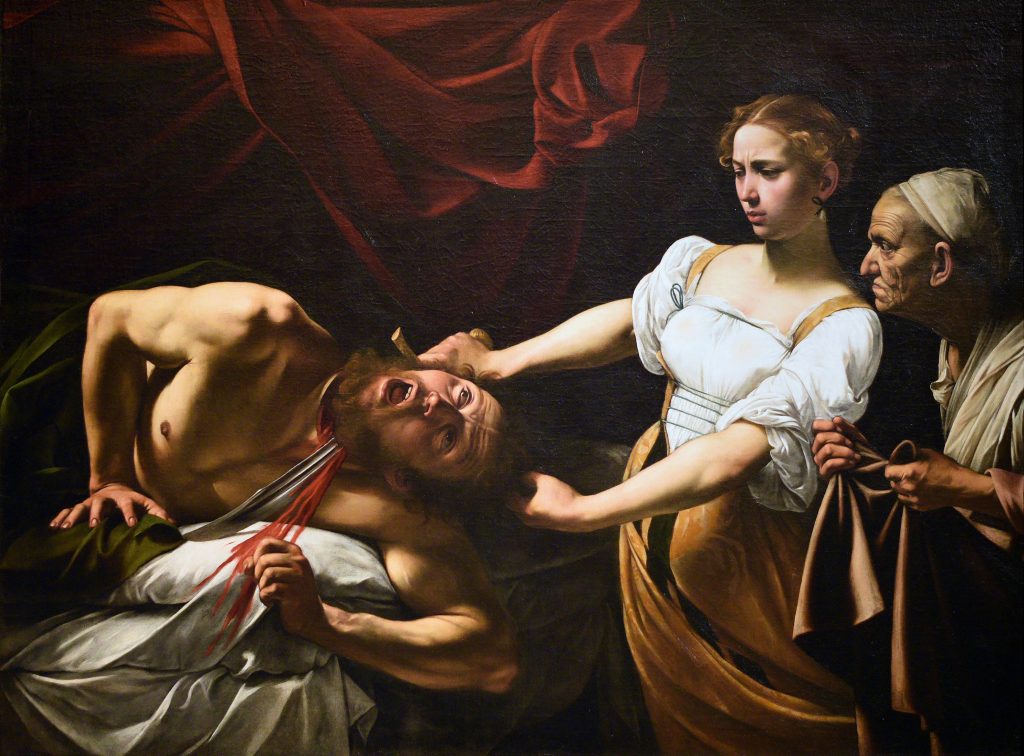
Caravaggio, Judith Beheading Holofernes, 1599, Galleria Nazionale d’Arte Antica, Palazzo Barberini, Rome, Italy. Wikimedia Commons (public domain).
As a biblical scene painted by Caravaggio sometime between 1598-1602, Judith Beheading Holofernes is arguably his most famous work. The painting was rediscovered in 1950 and depicts a narrative involving the Assyrian general Holofernes and a Jewish widow named Judith. Although the original manuscript of the story is lost, a version is included in St. Jerome’s Vulgate.
As a popular theme in Renaissance Italy, you might recognize a similar painting by Fede Galizia.
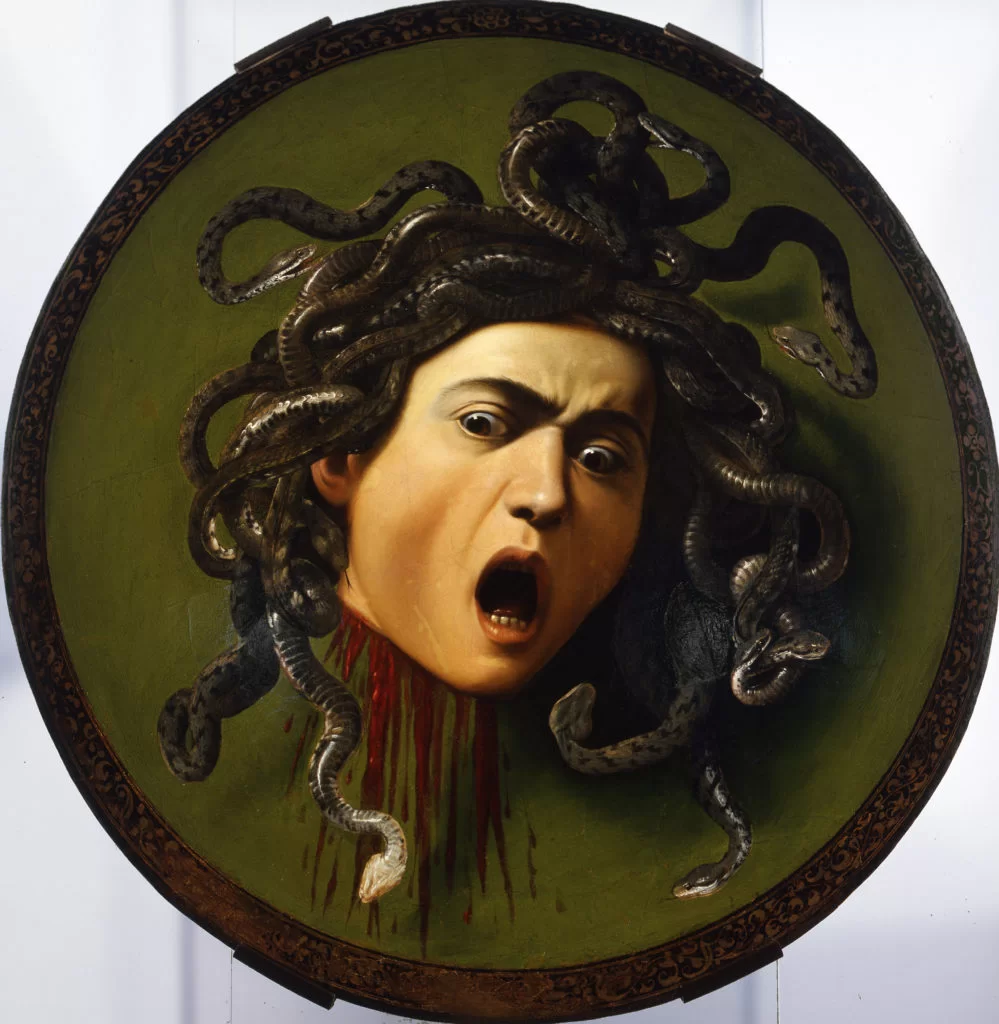
Caravaggio, Medusa, 1597, Uffizi, Florence, Italy.
Commissioned as a gift for the Grand Duke of Tuscany, Ferdinando I de Medici, Head of Medusa, depicts the severed head of the gorgon Medusa. As the legend goes, if you looked into her eyes, you would turn to stone.
Furthermore, the painting is a great example of Caravaggio’s chiaroscuro technique, as he uses dark shadows to contrast the bright light shining on Medusa’s face.
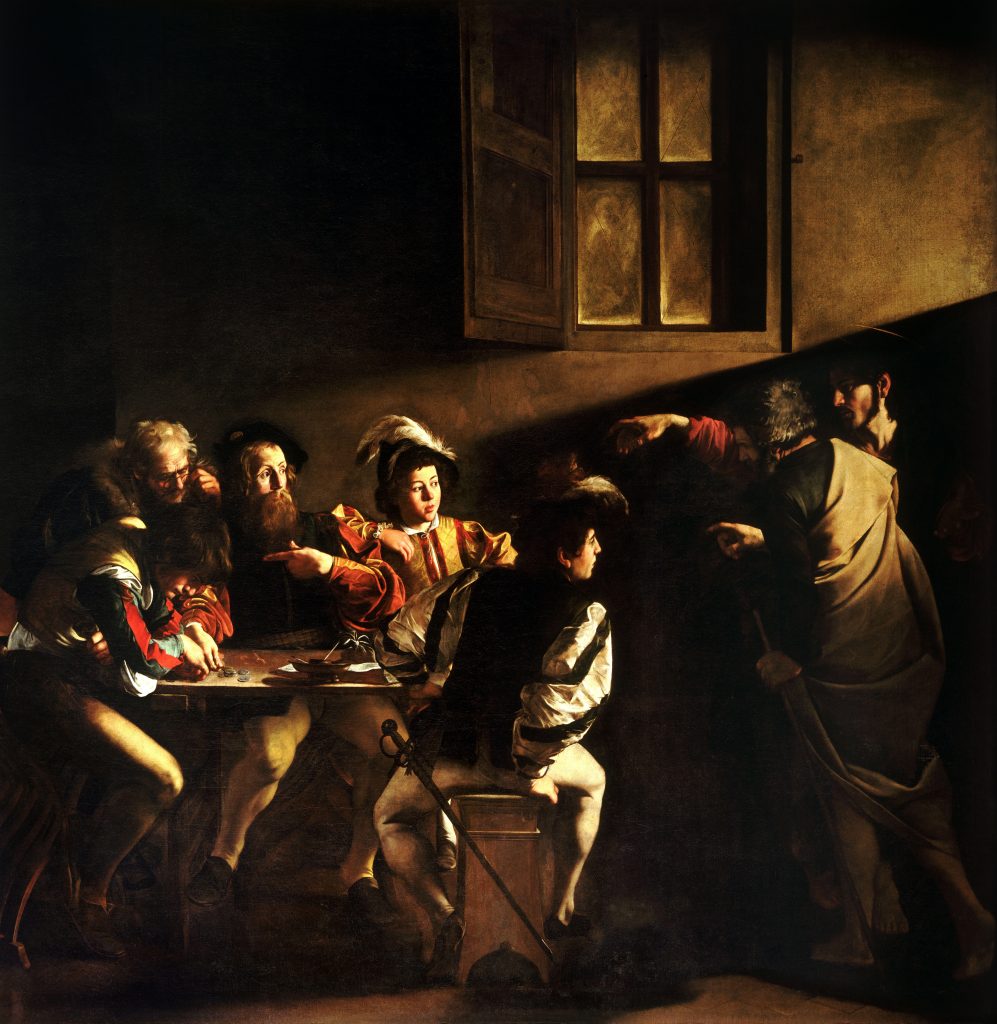
Caravaggio, The Calling of St. Matthew, 1599-1600, San Luigi dei Francesi, Rome, Italy. Wikimedia Commons (public domain).
This remarkable painting depicts the moment Jesus inspires Matthew to follow him as a disciple. Caravaggio created this painting for the Church of San Luigi dei Francesi in Italy, where it remains today. Knowing this, the illustration of light isn’t just about naturalism (like most of Caravaggio’s works). Instead, the light is a translation of the actual meaning of the painting, the divinity.
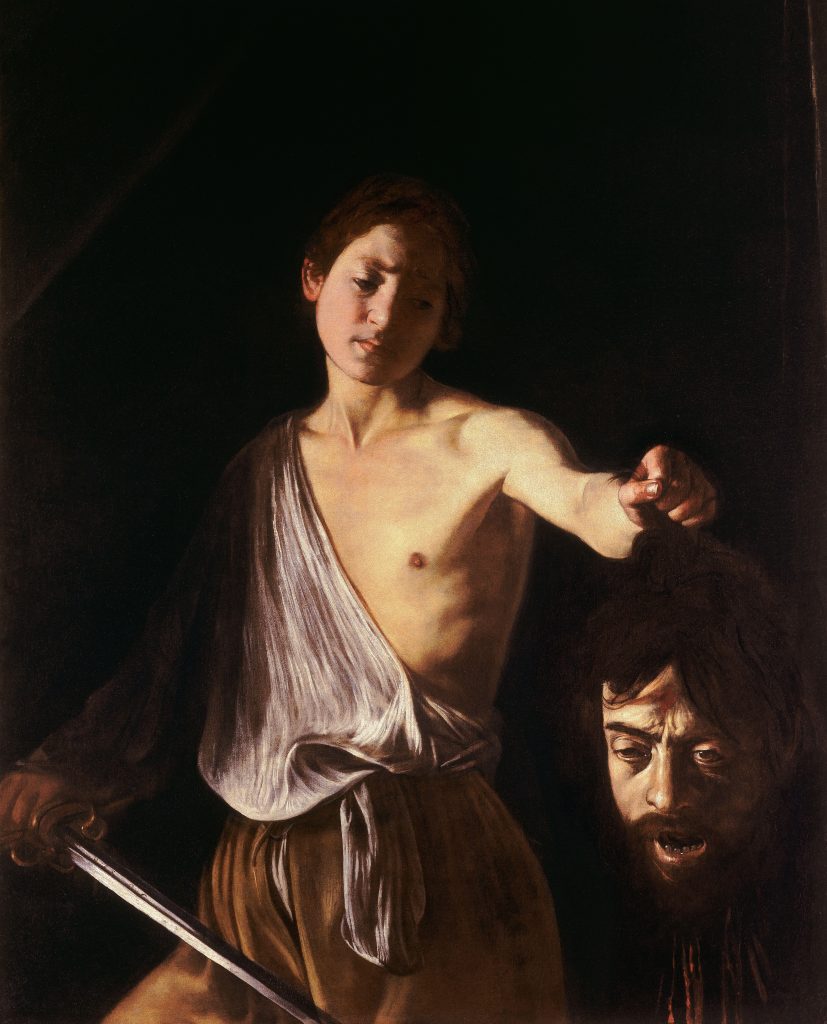
Caravaggio, David with the Head of Goliath, 1610, Galleria Borghese, Rome, Italy. Wikimedia Commons (public domain).
As a recognizable biblical story, Caravaggio dramatized the tale of David and Goliath through a grotesque depiction of David dangling Goliath’s head. However, Caravaggio implemented his naturalistic theme and chiaroscuro style, which is noticed through David’s facial expression. As a biblical hero, David’s expression is unsettling as he is filled with sadness and compassion for slaying Goliath. Although, like many of Caravaggio’s paintings, the light source is unknown yet it perfectly highlights the scene.
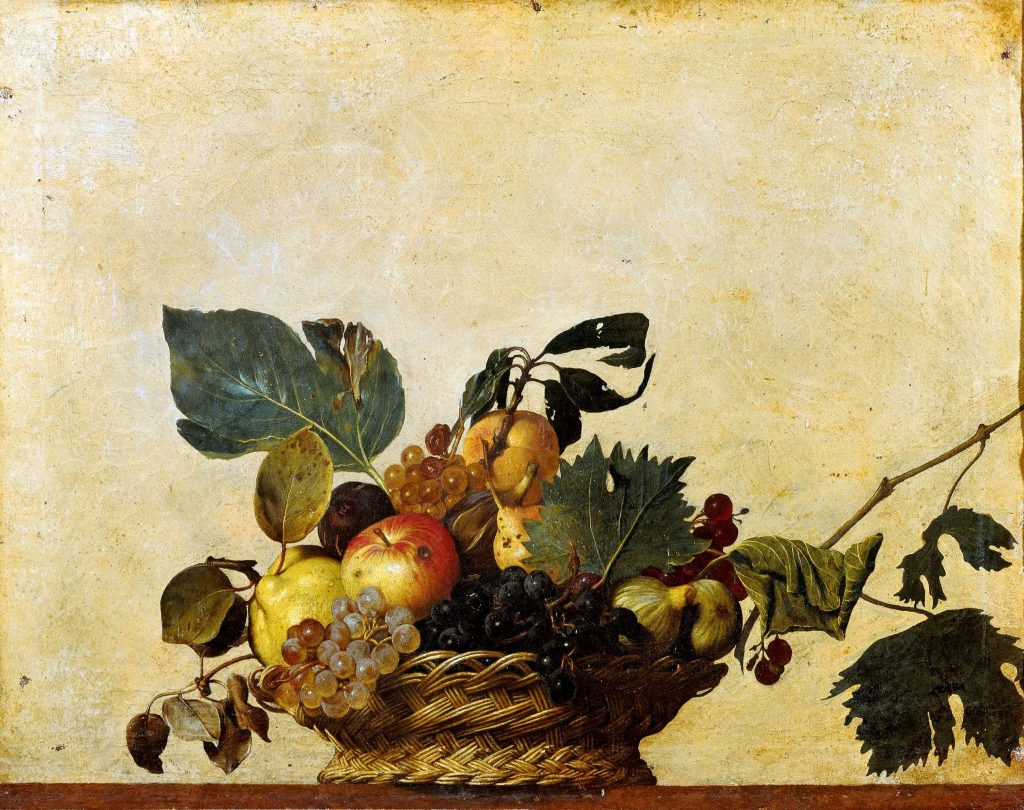
Caravaggio, Basket of Fruit, 1597-1599, Biblioteca Ambrosiana, Milan, Italy. Wikimedia Commons (public domain).
Alternatively, Caravaggio only painted one pure still life, Basket of Fruit, sometime between 1597-1599. It might seem particularly odd for Caravaggio to paint overly ripe fruit rather than flawless fruit. However, the illustration of excessive ripeness alludes to the fleeting nature of youth and life. Basket of Fruit was cleverly naturalistic and quintessential to Caravaggio’s style.
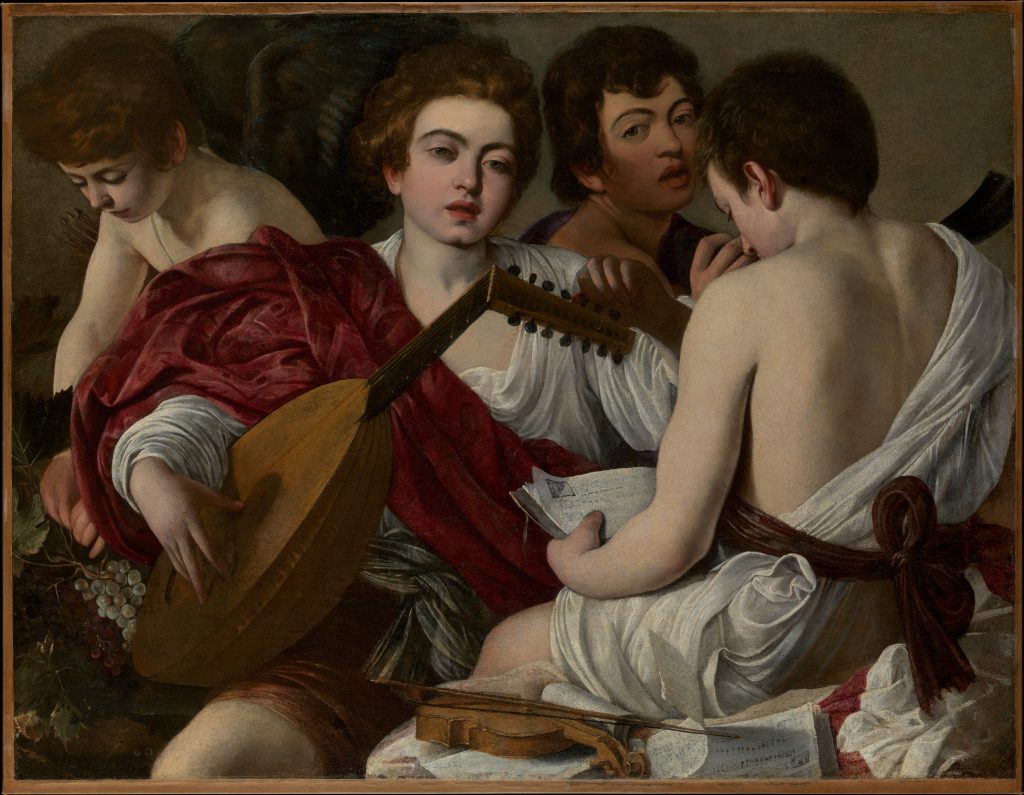
Caravaggio, The Musicians, 1597, The Metropolitan Museum of Art, New York, USA.
In this vibrant painting made for Caravaggio’s earliest patron, Cardinal de Monte, the musicians are portrayed in a contemporary fashion. While at the same time he was aware of the allegorical tradition of representing music. A few recognizable figures are featured, such as Caravaggio himself (second on the right)! The painting resembles the composition of his work, The Cardsharps.
Interestingly, Giovanni Baglione recorded Caravaggio’s painting through a first-hand account, a concert, with some youths portrayed from nature very well.
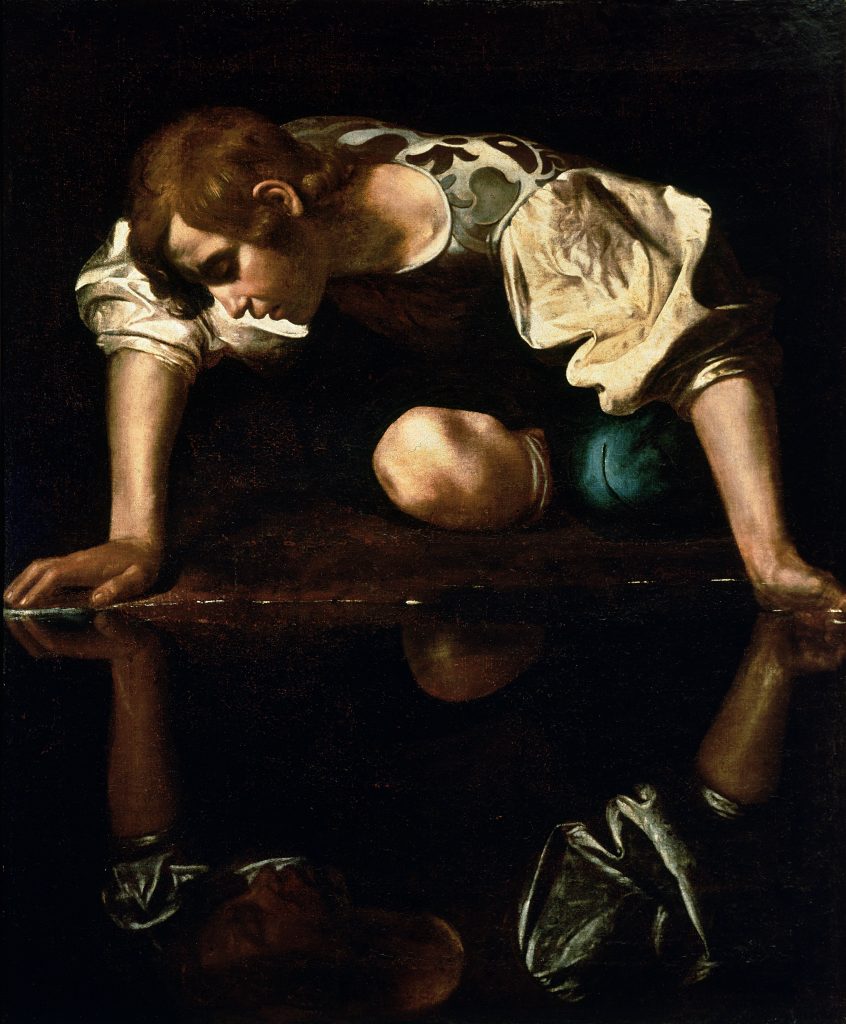
Caravaggio, Narcissus, 1597–1599, Galleria Nazionale d’Arte Antica, Palazzo Barberini, Rome, Italy. Wikimedia Commons (public domain).
Finally, Caravaggio’s most disputed painting is probably Narcissus. The Greco-Roman story of Narcissus is best told through Ovid’s Metamorphosis 3.5, which Caravaggio was inspired by when painting. This particular painting is interesting because it is one of only two works that Caravaggio made with a theme of classical mythology. Narcissus was attributed to Caravaggio by art historian Roberto Longhi in 1916. The painting is mainly ascribed to Caravaggio due to his life story and painterly style.
Do you think Caravaggio painted Narcissus based on the paintings mentioned in this article? Let us know in the comments.
Sharon Gregory. “Caravaggio and Vasari’s” Lives.” Artibus et Historiae 32, no. 64 (2011): 167-191.
DailyArt Magazine needs your support. Every contribution, however big or small, is very valuable for our future. Thanks to it, we will be able to sustain and grow the Magazine. Thank you for your help!